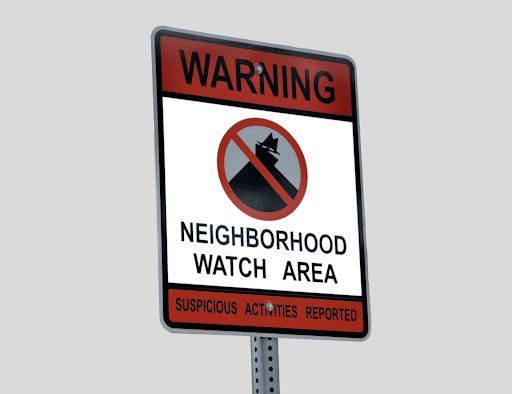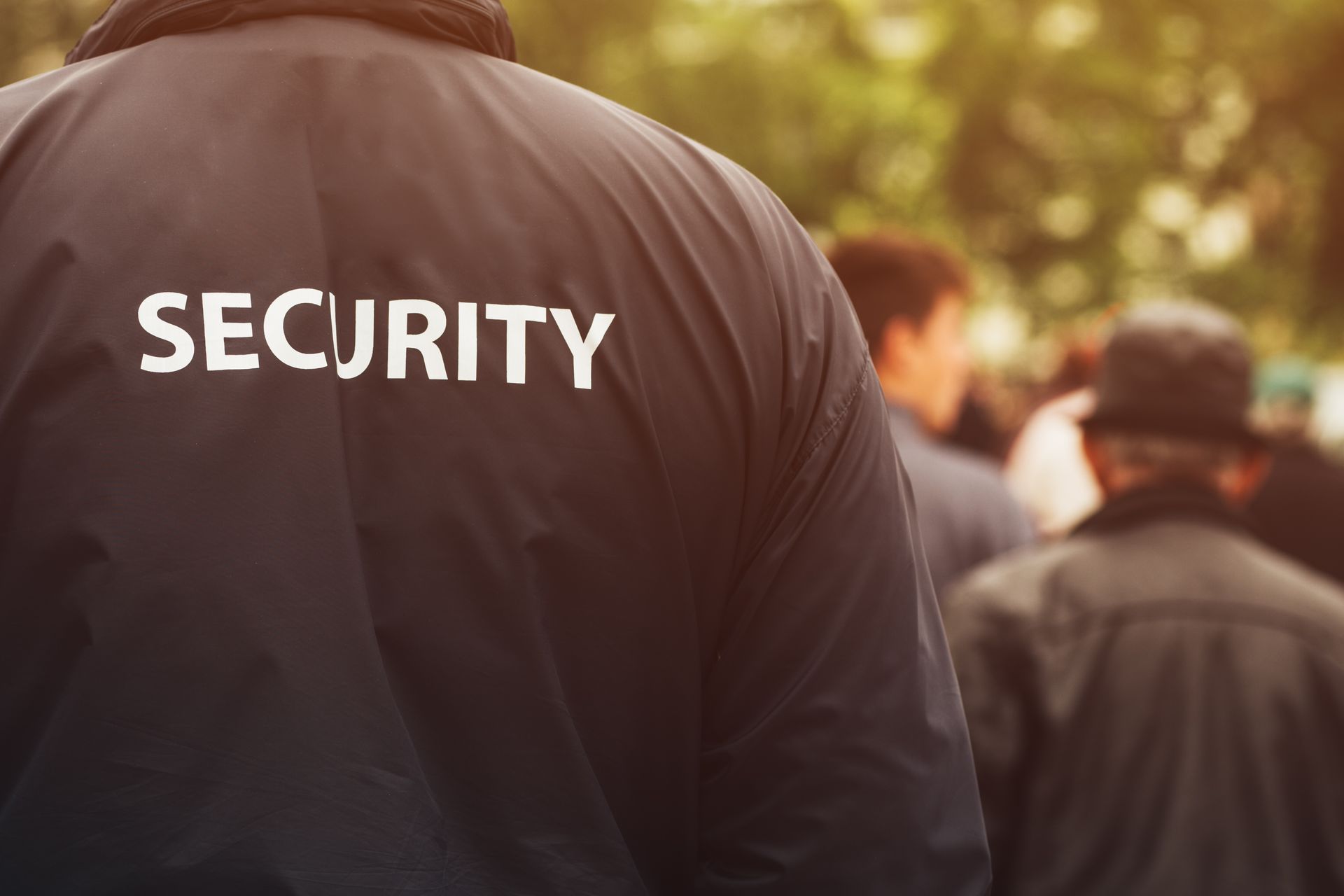The Practical Guide to Armed Security Services in California
Within the dynamic landscape of security services, California stands as a unique terrain with its own set of challenges and considerations. The need for armed security solutions in this bustling state is paramount, whether it's safeguarding businesses, events, or private properties. From understanding legal requirements to implementing effective strategies, readers will find a comprehensive roadmap to bolstering their security measures and protecting their assets.
Understanding the Landscape of Armed Security in California
In California, the presence of armed security personnel is a noticeable feature across various settings, from retail spaces to high-profile corporate environments. The legal and operational framework guiding these services is intricate, shaped by both state legislation and industry standards. This article explores the overarching legal context, the types of environments that typically utilize armed security, and their role in deterring and responding to crime.
The foundation of armed security operations in California is regulated by the Bureau of Security and Investigative Services (BSIS). To lawfully carry firearms while on duty, security guards must obtain a Firearms Permit issued by BSIS, which lays down stringent requirements, including a criminal background check through the Department of Justice and completion of a firearms training course. Continuous training and requalification are also necessary to maintain the permit.
Various sectors employ armed security services, but they are most prevalent in environments deemed high-risk or those that attract significant asset values. Financial institutions like banks and credit unions, retail spaces in high crime areas, the cannabis industry, residential communities, and even certain healthcare settings, such as hospitals and pharmacies, typically require the enhanced security that armed personnel can provide. In these settings, the priority lies in safeguarding assets, personnel, and clients.
The role of armed security in crime deterrence is significant. The mere presence of armed personnel can deter potential criminal activities by making the cost of committing a crime outweigh the potential benefits. In instances where deterrence is not enough, armed security plays a crucial role in immediate crime response. Their presence ensures a rapid reaction capability that can mitigate the impact of a security incident before law enforcement arrives. This rapid response capability is especially critical in high-stakes environments where every second counts, such as in active shooter scenarios or other violent crimes.
Ultimately, the decision to employ armed security in California is a complex one, necessitating a thorough risk assessment and an understanding of the legal responsibilities it entails. For businesses and communities, the goal is a secure environment that balances the essential show of force provided by armed security personnel with a welcoming atmosphere for clients, customers, and residents. The proper implementation of armed security efforts, underpinned by rigorous training and compliance with state regulations, is crucial in achieving this balance.
Situational Analysis and Risk Assessment for Armed Security Deployment
Deciding between armed and unarmed security personnel is a pivotal choice for entities across California, requiring a nuanced situational analysis and risk assessment. This process involves understanding the specific threats an environment might face, such as the potential for violent crime or the value of assets being protected. Key criteria include the crime rates in the surrounding area, the nature of the business or community, and the public perception of security personnel. For example, a high-end retail establishment in a metropolitan area with a high crime rate might opt for armed security to deter theft and ensure customer safety.
Case studies across California illustrate the effectiveness of tailored security plans. In downtown Los Angeles, a mixed-use development successfully deployed armed security guards, significantly reducing incidents of theft and vandalism. This deployment, informed by comprehensive risk assessments and community feedback, emphasized the importance of security forces that are both visible and approachable. Similarly, a San Francisco financial district bank cited a decrease in attempted robberies following the introduction of armed personnel, attributing this to the strategic visibility of security measures.
The tailored security plan, which takes into account specific environmental threats and client expectations, is crucial. Incorporating community and client feedback ensures that security measures align with the expectations and needs of those it aims to protect, fostering a safe and inviting atmosphere.
The Balance Between Show of Force and Discretion
The presence of armed security personnel in a setting naturally influences the psychological state of both staff and the public. While a visible show of force can deter potential threats, it can also provoke anxiety or discomfort among patrons and employees. Therefore, striking a balance between deterrence and discretion is essential. This involves deploying security personnel in a manner that asserts capability without overwhelming presence.
Incorporating technology can also play a significant role in enhancing security measures without the need for overt force. Advanced surveillance systems, access control mechanisms, and emergency response protocols allow for a less intrusive yet highly effective security presence. Adopting policies that promote engagement between security personnel and the community they serve can mitigate fears and foster a sense of safety and approachability.
Ultimately, the goal of armed security deployment in California is not just to deter or respond to crime but to do so in a way that maintains an atmosphere of safety and inclusivity. By carefully assessing each situation, employing a blend of technology and people skills, and ensuring rigorous training and adherence to legal standards, security teams can provide an effective and balanced approach to protecting assets and individuals.
Training and Regulatory Compliance for Armed Security Personnel in California
In California, the standards for training and regulatory compliance set forth for armed security personnel are rigorously defined. To operate legally, an individual must navigate an extensive certification process, overseen by the Bureau of Security and Investigative Services (BSIS). The criteria for obtaining a Firearms Permit include a thorough criminal background check and the completion of a designated firearms training course. Beyond initial certification, armed guards are required to undergo periodic requalification and continuing education to ensure their skills and knowledge remain current and comprehensive.
The role of scenario-based training cannot be overstated. It immerses security personnel in simulated but realistic situations they might face, from handling an active shooter to de-escalating violent confrontations. This intensive training hones their decision-making abilities, ensuring that when faced with a real-life threat, their response is swift, measured, and effective.
Real-life Implications and Outcomes of Implementing Armed Security
The deployment of armed security comes with significant implications and has widely varying outcomes depending on the setting. From the boutique shops of Beverly Hills to the bustling tech campuses in Silicon Valley, businesses and communities have shared insights into their experiences with armed security. A common theme is the nuanced requirement for security that protects without overwhelming, which has shaped policies and practices across sectors.
An overview of notable incidents where armed security played a pivotal role demonstrates the value and sometimes the necessity of these services. In several cases, the presence of armed personnel has prevented robberies, de-escalated potential violence, and even saved lives. These outcomes come with the responsibility to manage the concerns and perceptions of the public and ensure that the presence of armed guards contributes positively to the community's sense of safety.
Controversies and public opinion surrounding the presence of armed security guards in certain spaces highlight the complex nature of this issue. Debates often focus on the balance between safety and freedom, the potential for escalation, and the image presented to customers, clients, and communities. It falls upon the managing entities and the security personnel themselves to navigate these concerns thoughtfully, ensuring that the benefits of armed security — deterrence, rapid response, and a robust protective presence — are achieved without diminishing the values and atmosphere of the spaces they are charged to protect.
Armed security personnel in California operate within a framework of strict regulations and high expectations. Through comprehensive training and a commitment to professionalism, they play a crucial role in ensuring safety and security. Yet, the nuanced application of these services, informed by a constant dialogue with the communities and clients they serve, remains key to their success and acceptance.
Ready to fortify your security measures and ensure peace of mind for your California-based operations? Take the next step in securing your premises by reaching out to California Patrol Enforcement today.










